Algebra
NEW: How to simplify expressions and expand brackets
Revise collecting like terms, using algebraic notation correctly, simplifying expressions, and multiplying a single term over a bracket. This guide contains video and quizzes.
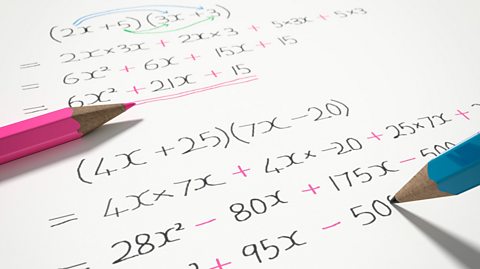
NEW: Factorising expressions
Revise factorising expressions into one or two brackets. For Higher tier, factorise quadratics when the coefficient of 𝑥 squared doesn't equal 1. This guide has video and quizzes.

NEW: Algebraic reasoning and proof
Revise how to use algebra to support and construct arguments, show that two expressions are equivalent, and how to find a counterexample. This guide contains video and quizzes.

NEW: Formulae
Revise writing formulae, substituting into expressions and formulae, and how to change the subject of a formula using inverse operations. This guide contains video and quizzes.
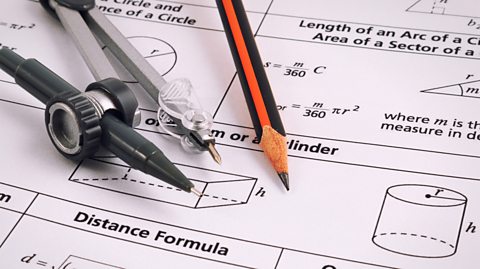
NEW: Higher – Functions
Learn about function notation, how to find an inverse function by changing the subject, and how to work with composite functions. This guide contains a quiz.
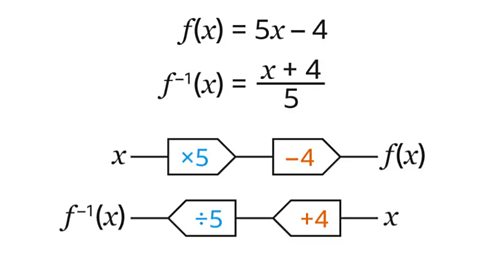
NEW: Solving one- and two-step linear equations
Learn how to use inverse operations to find the value of an unknown variable in an equation, so that the value is true. This guide contains a quiz.
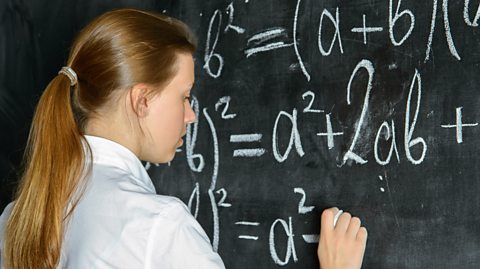
NEW: Solving more complex linear equations
Learn how to solve equations with brackets, 𝑥 terms on both sides, and fractions using inverse operations in this GCSE maths study guide. This guide contains videos and quizzes.

NEW: Inequalities
Inequalities are the relationships between two expressions not equal to one another. The symbols used for inequalities are <, >, ≤, ≥ and ≠. This guide contains video and quizzes.
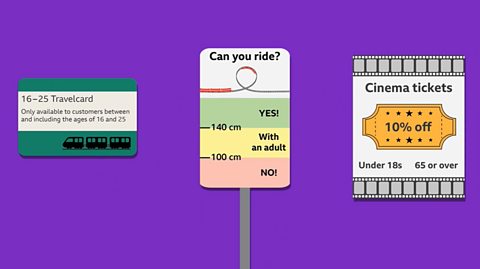
NEW: Higher – Graphs of inequalities
Revise representing an inequality as a region on one side of a line. Dashed lines on graphs show the line is not included in the region. This guide contains video and quizzes.
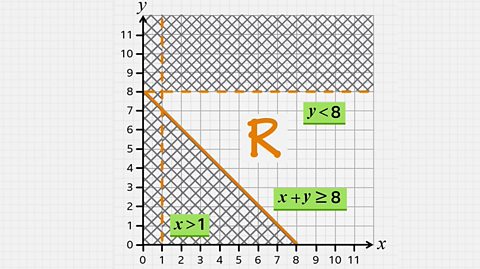
NEW: Sequences
Learn about term-to-term rules, 𝑛th term rules and how to work out expressions for 𝑛th terms based on a set of numbers in a quadratic sequence. This guide contains quizzes.

NEW: Geometric and special sequences
In geometric sequences, the term-to-term rule is to multiply or divide by the same value. Other sequences include square numbers and Fibonacci sequences. This guide has quizzes.
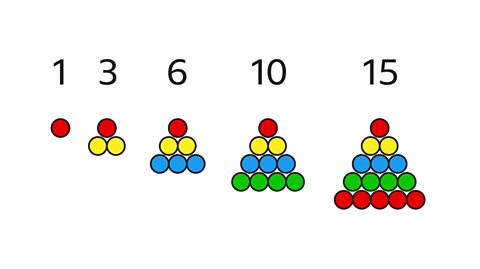
NEW: How to plot straight line graphs
Revise plotting coordinates and creating straight line graphs to show the relationship between two variables. This guide contains video and quizzes.
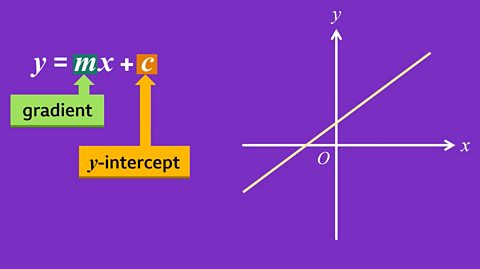
NEW: Working out equations of a line and calculating gradient
Learn how to calculate the equation of a line from a graph, work out the gradient from an equation, and visualise intercepts. This guide contains video and quizzes.
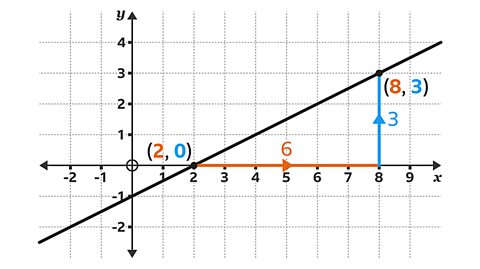
NEW: Equations of parallel and perpendicular lines
Revise finding equations of parallel lines and the gradient of perpendicular lines, and prove that given lines are parallel or perpendicular. This guide contains video and quizzes.
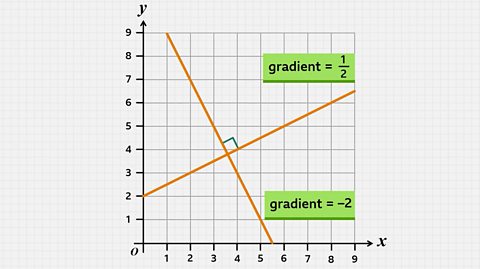
Algebraic expressions - Edexcel
Letters can be used to stand for unknown values or values that can change. Formulas can be written and equations solved to find solutions to a range of problems in science and engineering.
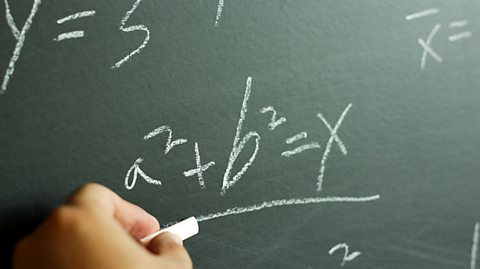
Algebraic formulae - Edexcel
Formulae are used in everyday life, from working out areas and volumes of shapes to converting units of measurement. Knowing how to use and rearrange formulae are very useful skills.
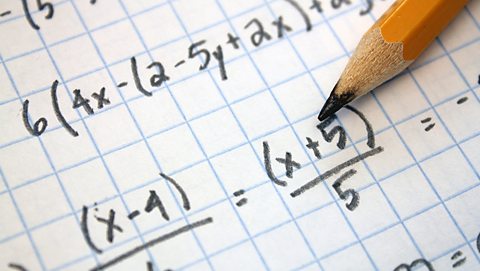
Solving linear equations - Edexcel
Forming, using and solving equations are skills needed in many different situations. From balancing accounts to making sense of a mobile phone bill, solving equations is a vital skill.
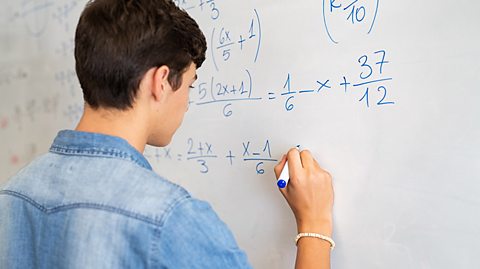
Solving simultaneous equations - Edexcel
Simultaneous equations require algebraic skills to find the values of letters within two or more equations. They are called simultaneous equations because the equations are solved at the same time.

Solving quadratic equations - Edexcel
Solve quadratic equations by factorising, using formulae and completing the square. Each method also provides information about the corresponding quadratic graph.
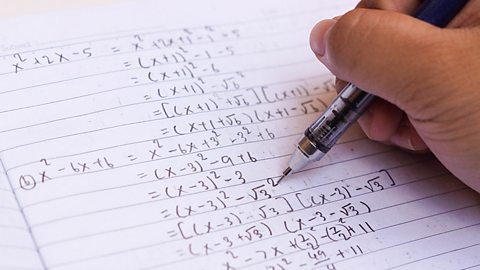
Algebraic fractions - Edexcel
Algebraic expressions in fraction form are rational. Methods of adding, subtracting, multiplying and dividing fractions plus expanding and factorising can be used to simplify rational expressions.
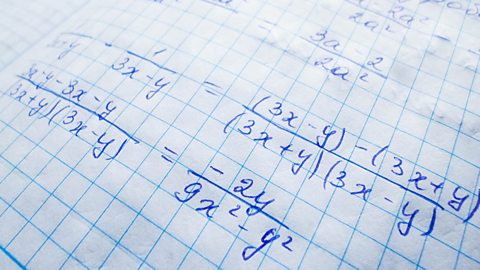
Inequalities - Edexcel
Inequalities show the relationship between two expressions that are not equal to one another. Inequalities are useful when projecting profits and breakeven figures.
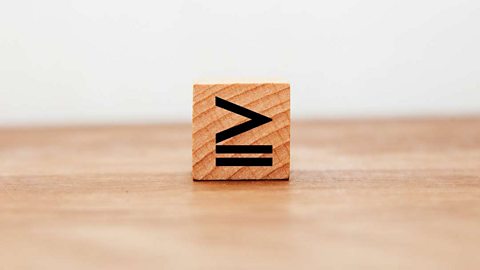
Sequences - Edexcel
Sequences can be linear, quadratic or practical and based on real-life situations. Finding general rules helps find terms in sequences.

Straight line graphs - Edexcel
Graphs show the relationship between two variables and are often seen in newspapers and the media. People who work in professions involving maths and science commonly use graphs.

Other graphs - Edexcel
The most commonly occurring graphs are quadratic, cubic, reciprocal, exponential and circle graphs. Their equations can be used to plot their shape.
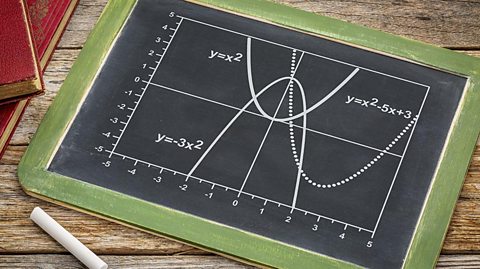
Transformation of curves - Higher - Edexcel
Functions of graphs can be transformed to show shifts and reflections. Graphic designers and 3D modellers use transformations of graphs to design objects and images.
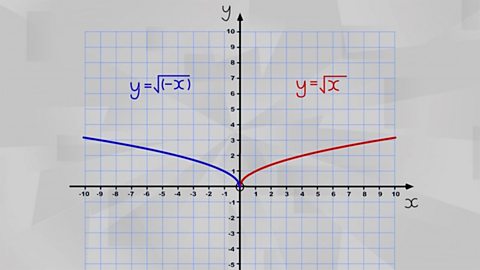
Using and interpreting graphs - Edexcel
Using graphs is not just about reading off values. In real-life contexts, the intercept, gradient and area underneath the graph can have important meanings such as a fixed charge, speed or distance.

Links
- External linkExternal link
- SubscriptionSubscription
- External linkExternal link
- External linkExternal link
- External linkExternal link